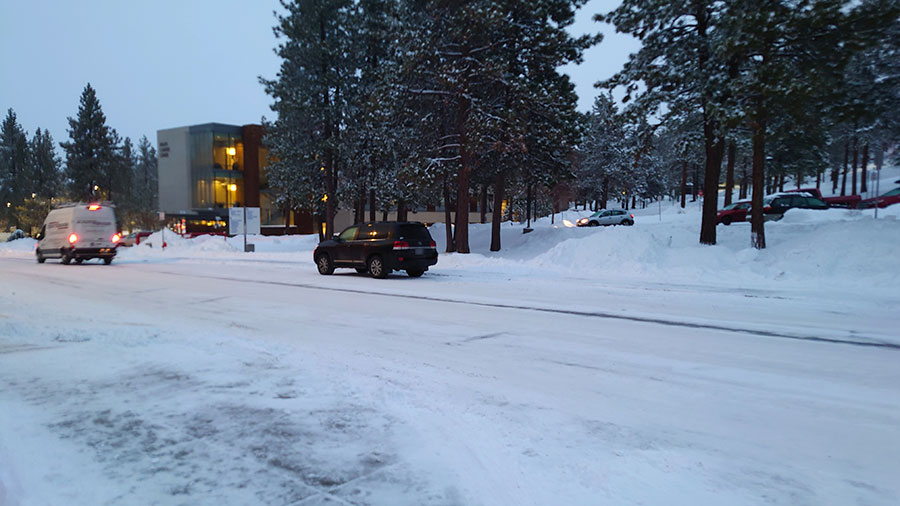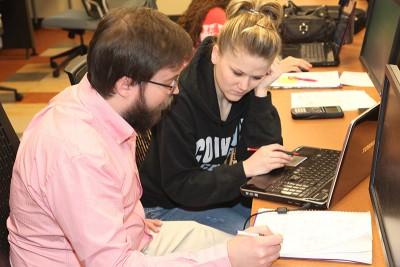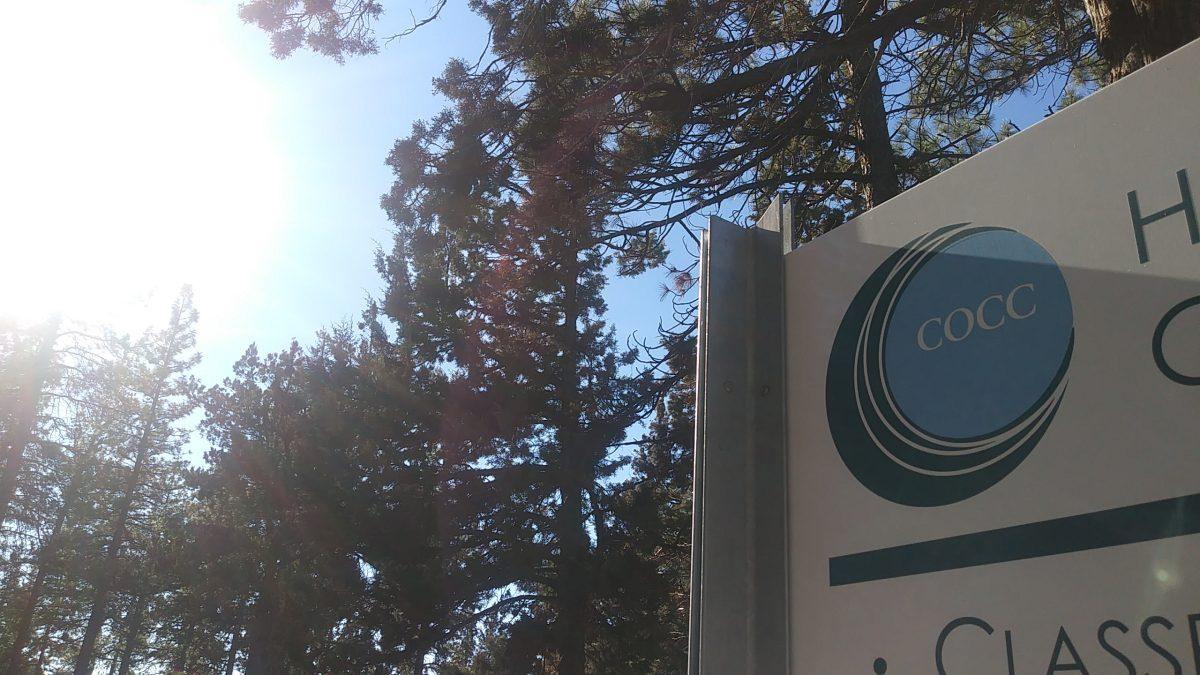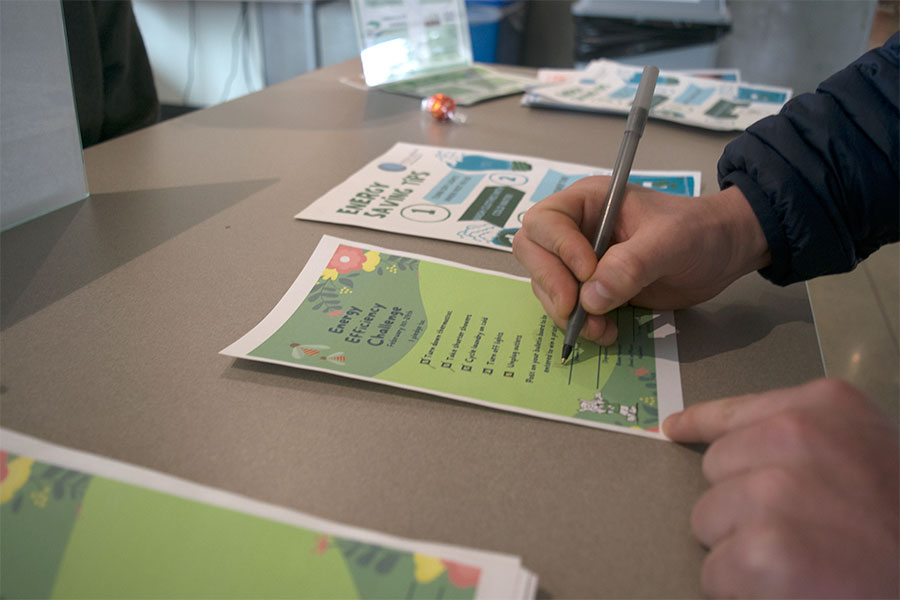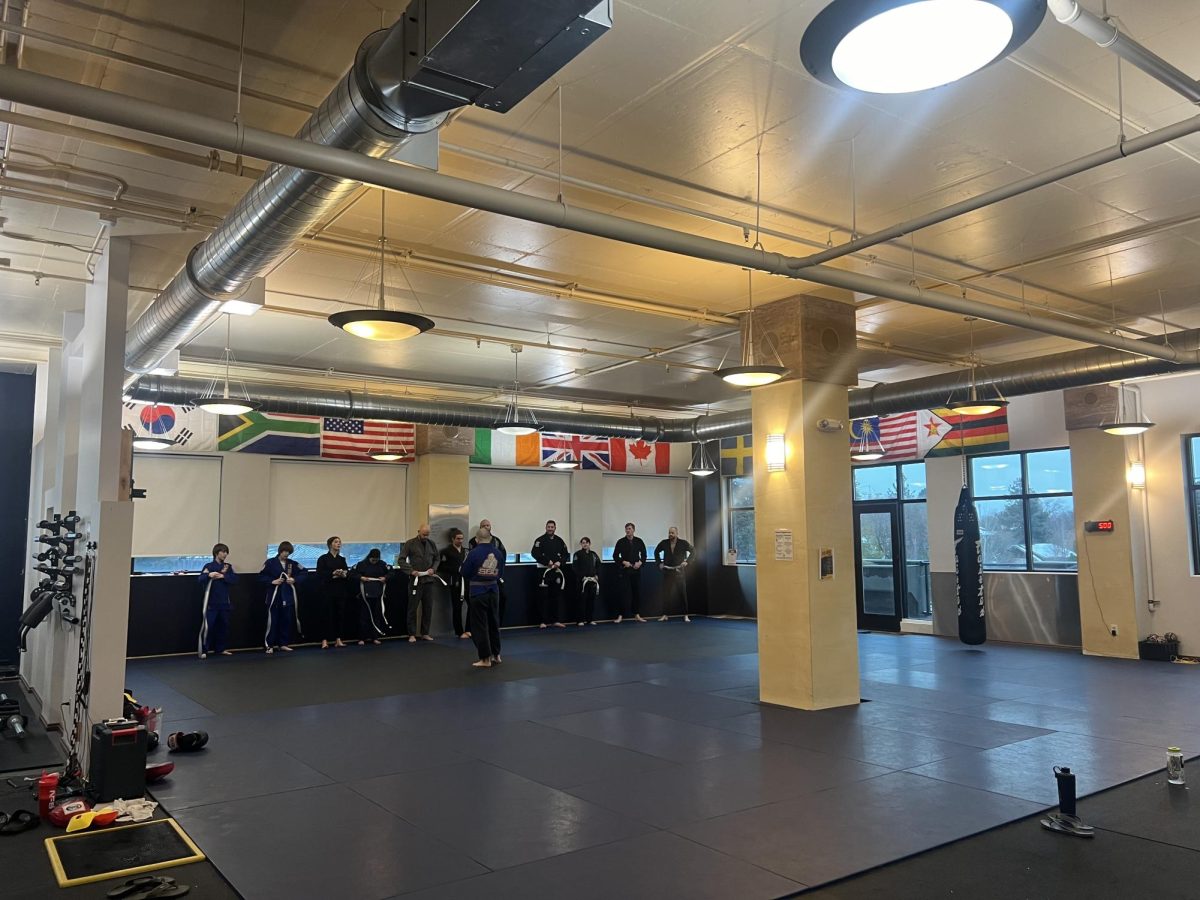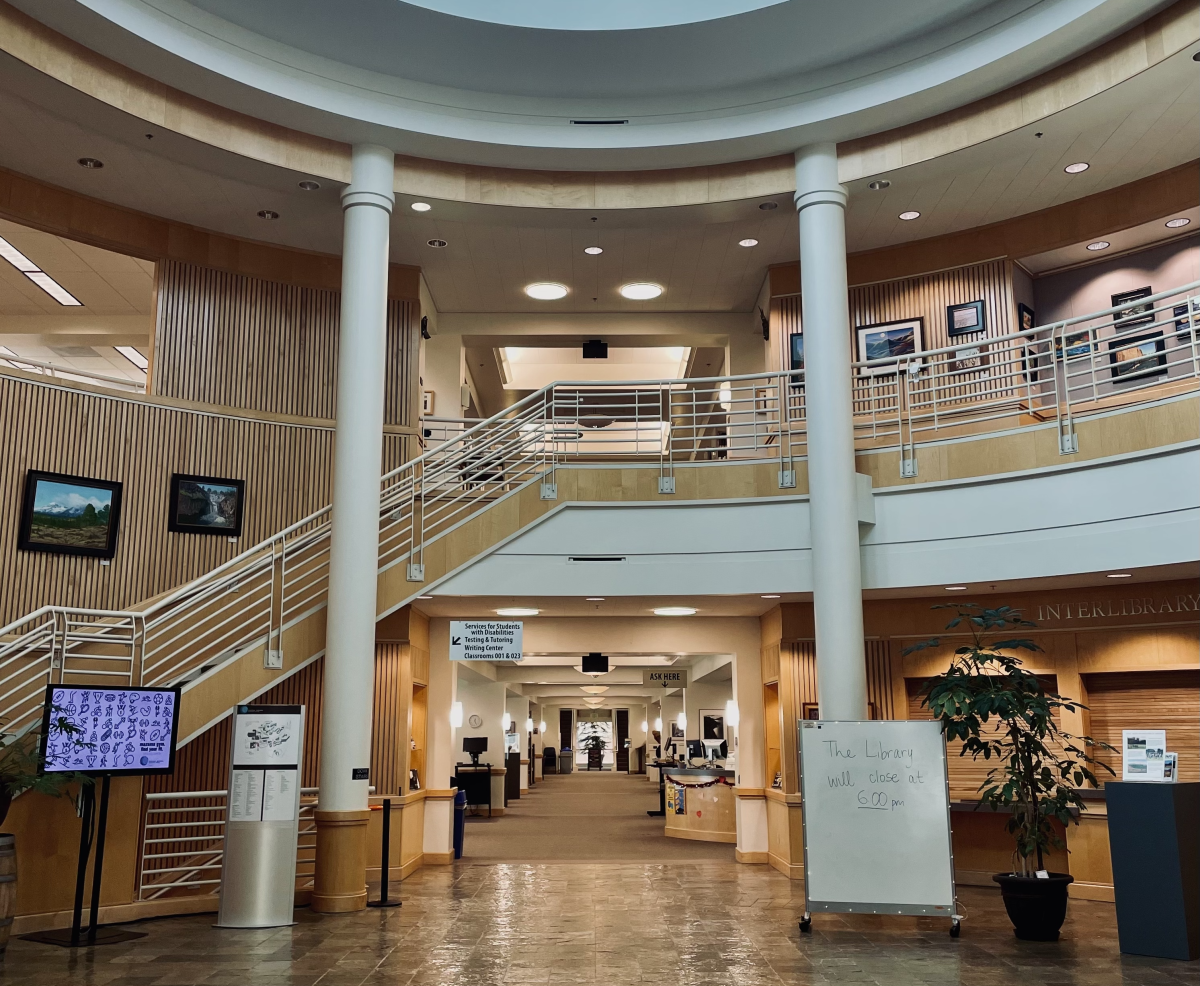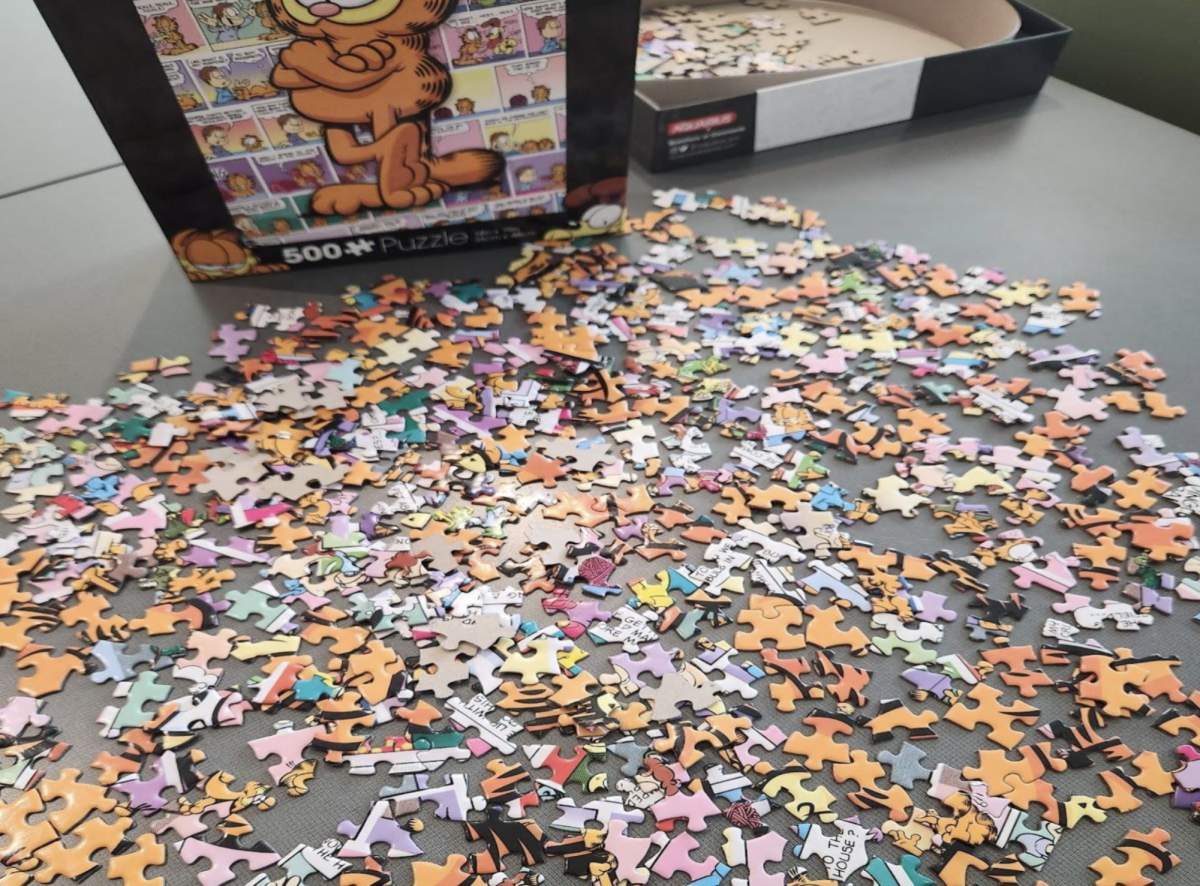Don’t let a lack of funds stop you from starting a club: The process of getting funds is streamlined.
A startup club gets a $500 developing club allocation per year, according to Kelly Huskey, former ASCOCC director of student organizations.
“Some clubs fundraise on top of the money they get from ASCOCC,” Huskey said. “Some money comes from other areas, like the Latino [club] and First Nation Student Union. They also receive a little help from their programs on campus.”
Event summaries and recruitment are some of the requirements a club needs to meet and stay on top of, according to current director of student organizations, Stephanie Pedro.
“We are in a tier system, which means that each club starts at tier one and then every year, given that they have met the requirements, can move up a tier all the way to tier five which is a club consisting of 75 plus members, have two to three events and have community projects in the works,” Pedro said.
The money that each club is given comes from the student fees since clubs are entirely for students, run by students and organized by students. If a club seems to be struggling, proactivity is key to saving it, according to Pedro.
“Since students run the club, we know that they’re busy, and if your club is struggling for any reason I’d say seek help,” Pedro said, “I’m always easy to contact and are just a phone call away or an email.”
Pedro can be contacted at [email protected].
Sidebar:
Starting a club is simpler than ever. The ASCOCC Student Organization Guidelines, a reference guide Pedro encourages students to know, breaks it down in five easy steps:
Step 1: Organize and find four student members. Having students who are not only committed to the prospective club, but are enrolled full time at COCC can help boost the club’s early stages, and they can help build connections and recruit more student members.
Step 2: Identify and recruit an advisor. An advisor is someone who will help guide the students in the direction needed. If your club is an art based coalition then an art professor or even an artist will be best suitable for the job.
Step 3: Complete the new or renew club form and year-long budget form. These forms are found at the ASCOCC office or by contacting Stephanie Pedro. Dont let the formal budget titles intimidate you, the forms, according to Pedro are easy to know and understand.
Step 4: Submit all items to ASCOCC for approval. This process can be fast or it can take a bit longer — staying time conscientious and filling the forms at an appropriate time is always the best plan.
Step 5: Complete the annual requirements for eligibility.
Staying on top of the paperwork is a must. Having a timed schedule or appointing a member to manage this are ways to help keep your paperwork up-to-date. This way your club can avoid issues while it tries to solidify itself within COCC.
Brayan Gonzalez
The Broadside
(Contact: [email protected])




